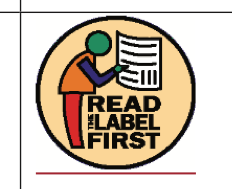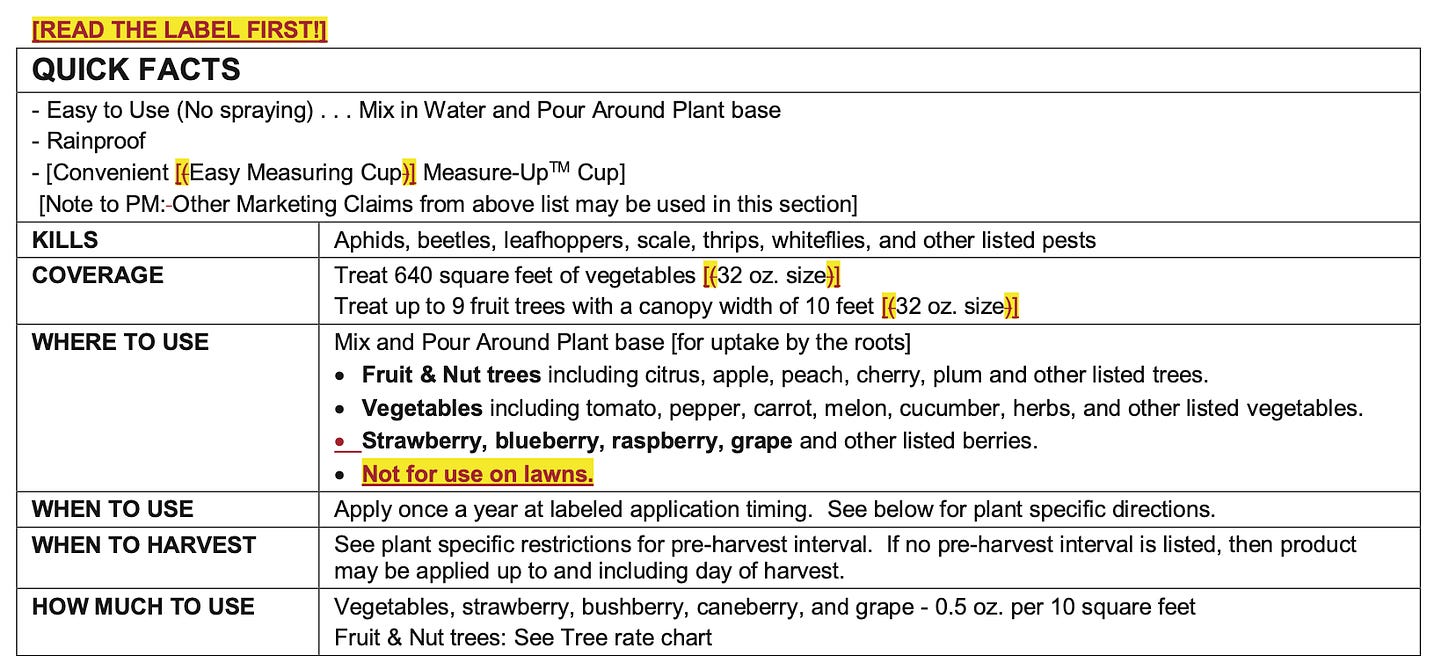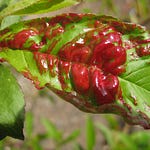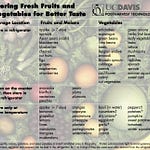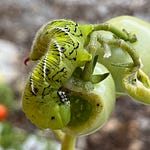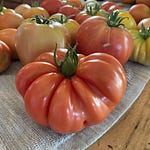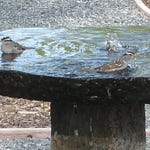A question into the Garden Basics with Farmer Fred podcast raised more questions for myself and Debbie Flower, America’s Favorite Retired College Horticulture professor. First, the question:
“Recently, a Pest Control Company came by to inject my birch trees (soil) with a chemical (Imidacloprid) that helps prevent sticky droppings from landing on my driveway, etc.
This year they came by and also started inject all shrubs and also injected my plum tree and lime tree. I asked why and they said it was part of their new procedure. I am concerned that my limes and plums may not be safe to eat. Is this a worry? While I only make jam out of the plums, I do enjoy fresh lime juice.
Thanks.”
You’ll have to listen to the podcast (above) where we enumerate the many ramifications raised by this question, such as: What was the exact concentration of Imidacloprid used? Is the product registered for use on the crop of concern? Is the pest listed on the product label? All of this information could be found on the product label. Which is why we are fond of saying: read and follow all label directions.
Imidacloprid is an active ingredient in many popular systemic insecticides. It’s also banned in some regions. Scientists have pointed out that the government (the EPA) needs to take a harder look at this insecticide due to its effect on pollinating insects, such as honeybees. From the October 31, 2021 International Journal of Molecular Sciences:
“In conclusion, the lethal dose/concentration and molecular effects of sublethal dosages of imidacloprid on honey bees and other pollinator bees were integrated and reviewed. Molecular evidence suggests that the expression of the immune response, detoxification, oxidation-reduction, and other development-related genes was ubiquitously affected among different species of target bees. Transcriptomic approaches revealed that even very low dosages/concentrations of imidacloprid could cause global effects, even altering the developmental queue and inducing a precocious forager. Realistic field levels of imidacloprid severely impact the sustainable development and population dynamics of domesticated and wild pollinators. The application of imidacloprid and other neonicotinoid pesticides should be more carefully and rigorously evaluated.”
What is Imidacloprid?
From the National Pesticide Information Center at Oregon State University:
What is imidacloprid?
Imidacloprid is an insecticide that was made to mimic nicotine. Nicotine is naturally found in many plants, including tobacco, and is toxic to insects. Imidacloprid is used to control sucking insects, termites, some soil insects, and fleas on pets. It has been used in products sold in the United States since 1994.
What are some products that contain imidacloprid?
Products containing imidacloprid come in many forms, including liquids, granules, dusts, and packages that dissolve in water. Imidacloprid products may be used on crops, houses, or used in flea products for pets. There are over 400 products for sale in the United States that contain imidacloprid.
Always follow label instructions and take steps to avoid exposure. If any exposures occur, be sure to follow the First Aid instructions on the product label carefully. For additional treatment advice, contact the Poison Control Center at 1-800-222-1222. If you wish to discuss a pesticide problem, please call 1-800-858-7378.
How does imidacloprid work?
Imidacloprid disrupts the nerve's ability to send a normal signal, and the nervous system stops working the way it should. Imidacloprid is much more toxic to insects and other invertebrates than it is to mammals and birds because it binds better to the receptors of insect nerve cells.
Imidacloprid is a systemic insecticide, which means that plants take it up from the soil or through the leaves and it spreads throughout the plant's stems, leaves, fruit, and flowers. Insects that chew or suck on the treated plants end up eating the imidacloprid as well. Once the insects eat the imidacloprid, it damages their nervous system and they eventually die.
How might I be exposed to imidacloprid?
There are four ways that people can be exposed to chemicals. Chemicals may get on the skin, get into the eyes, be inhaled, or be eaten. This can happen if someone handles a pesticide or a pet recently treated with a product and does not wash their hands before eating. You could be exposed to imidacloprid if you are applying a product to your yard, on a pet, or in another location and get the product on your skin or breathe in spray mist. Because imidacloprid is a systemic insecticide, you could be exposed to imidacloprid if you ate the fruit, leaves, or roots of plants that were grown in soil treated with imidacloprid.
From the submitted product label of a supplier of imidacloprid to the EPA, intended for use by homeowners, comes this series of warnings:
The questioner in the podcast was wondering how safe is it to eat the fruit or drink the juice of a lime from his backyard tree. The answer, again: it depends. It depends on the concentration of the Imidacloprid in the product, as well as the harvest date, if any. From an Imidacloprid-containing product label aimed at the home market, here some information in that regard.
Note that the label for citrus contains no “Do Not Harvest Fruit Until…” warning.
The bottom line: for pest control, identify the pest. Start with the least toxic remedies. Pesticides should be the last resort, if necessary. When using pesticides, READ AND FOLLOW ALL LABEL DIRECTIONS. If employing a pest control company, ask to see the label of the product they are applying. Chances are, they are using a formulation that is more concentrated than what you would find at a garden center. Different concentrations may have different application regulations.



